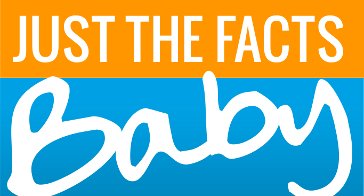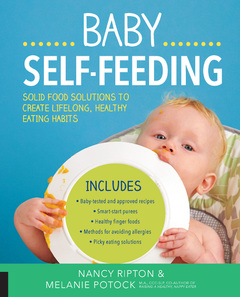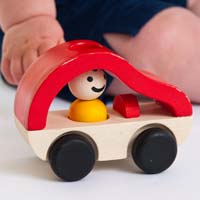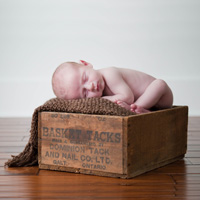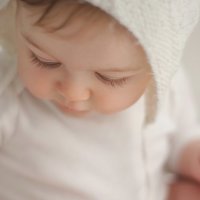What Is Baby Acne?
In This Article

Contrary to popular belief, babies don’t always have the best skin. A rash often mistaken for acne can appear in the first few weeks after birth, says Dr. Miriam Weinstein, a pediatric dermatologist at the Hospital for Sick Children in Toronto. And, in some cases, baby acne does exist. Here's how to treat your child's spots (and maybe even your own!).
How to handle baby breakouts
The little red bumps that appear on an infant’s face and upper body are actually caused by a fungus from yeast that occurs naturally on the skin – some babies are just more sensitive to it than others. (The proper name for the condition is cephalic pustulosis, which occurs in about 20 percent of newborns.) “You can treat it medically with antifungal cream, or wait it out,” says Weinstein. Just wash your child’s face gently once a day with warm water and pat dry – the rash will usually disappear by the time a baby is three or four months old.
While true baby acne does exist, it’s much more rare. “I might treat four or five babies a year for actual acne,” Weinstein says. It usually starts around three to six months and can last anywhere from a few months to a couple of years. Triggered by hormones, baby blemishes look just like teen acne and can include whiteheads, blackheads and pimples.
The good news is infant acne usually disappears on its own and seldom causes scarring, says Dr. Loretta Fiorillo, director of pediatric dermatology at the University of Alberta. In extreme cases, a pediatrician may prescribe diluted forms of benzyl peroxide or topical antibiotics. “Over-the-counter acne products are too strong for a baby’s delicate skin,” Fiorillo says. The best baby skincare, she says, includes using mild cleansers and avoiding moisturizers and occlusive creams (like petroleum jelly) that can block a baby’s pores and make the problem worse.
